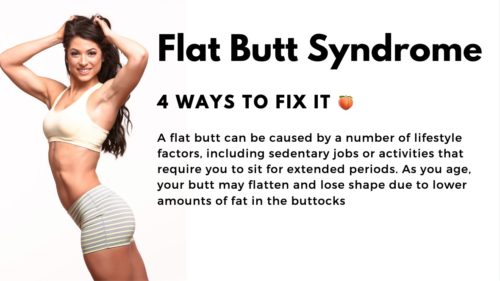
They are literally all that drives the force in your back to your legs. Now notice how when you bend forward the butt muscles are part of this process. Finally, you have your butt muscles, which control the link between your spine and your legs. The other set of back muscles is more superficial, and this helps keep your spine straight and helps lower and retract your spine when you bend forward. One set is deep inside (multifidus), and that controls the motion of one vertebra on the other. You have the back muscles, which consist of two types. Note that we have a slew of muscles associated with the lower spine. Why? The lower back nerves supply this muscle, and if they’re irritated, that muscle goes off-line.

In many of my patients, this is delayed and doesn’t happen as vigorously on one side versus the other. For example, when you lie face down and extend your hip (lift your leg with the knee straight), the butt muscles should kick in quickly before your leg lifts. I’ve noticed for years that in most of my patients with any kind of back problem, their gluteal muscles go off-line. Why the Butt Going Off-Line in My Patients Is a Bad Thing

However, a few months ago that changed, and this personal revelation has helped me immensely. While I worked out quite a bit during this time, I paid little attention to my gluteal muscles, instead focusing on legs, arms, and core.


 0 kommentar(er)
0 kommentar(er)
